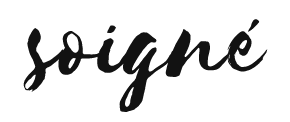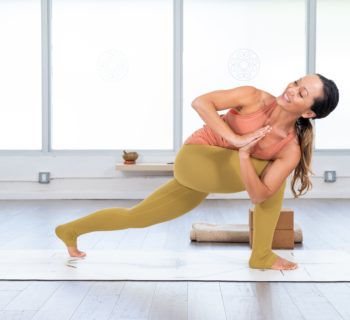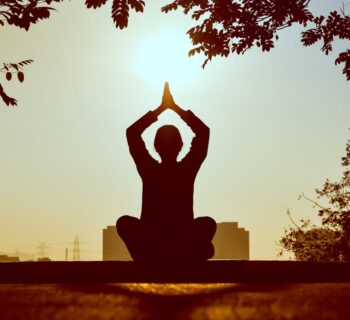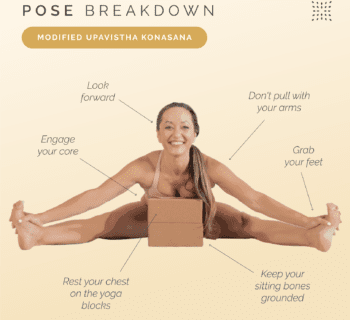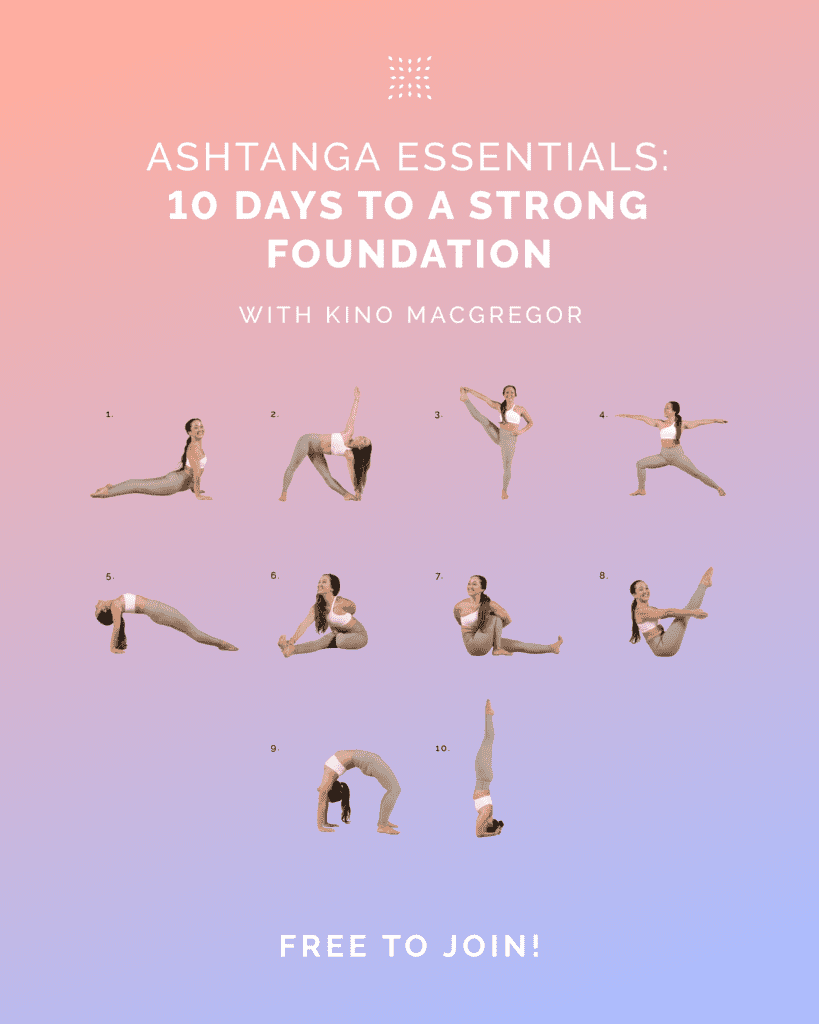Knowing that the mind and body are interconnected informs us that it’s possible to rewire our brain-body dynamic to reduce our own stress and anxiety and live with improved physiological health.
You already know how to live in a state of chronic low-grade stress. We all do. Low-grade chronic anxiety and worry are woven into our conditioning from societal to personal levels. Our society validates and enables hyper-vigilant and perfectionistic tendencies- glorifying our rational mind as the seat of our genius. Albert Einstein once said, “The intuitive mind is a sacred gift, and the rational mind is a faithful servant. We have created a society that honors the servant and has forgotten the gift.”
Recent research proves the interconnected functions of the mind, body, and emotions and shows us the possibilities for rewiring our physiological circuitry to live happier, healthier lives.
Our primal brain formed instincts and survival mechanisms at the stem. Then as endocranial size increased, the frontal area became taller and the cerebellum larger to support our higher-functioning capabilities. Over time we continued to evolve behaviors like the ability to manipulate abstract thoughts and symbols through art and developed more complex skills of reasoning, language, self-awareness, and meta-cognition. These latest brain developments gained recognition as our modern technology, as our “higher” capacities.
Our Western society came to accept our higher functions as the source of our human intelligence, power, and wisdom. With the introduction of medical and psychological models, the brain became separate from the body. Emotions like anxiety and worry were treated as mental, thought-based reactions with interventions targeting healing through cognitive, talk-based, top-down approaches. From recent evidence using brain scanning technology, we now know that our brain and body are in constant communication.
The top-down approach is only one way inward and is often not the most effective to heal unconscious or unspoken ailments or traumas that live within the body. As in art therapy, our deep healing work is best supported when both methods are employed; top-down and bottom-up, cognitive and intuitive, mind and body. Knowing that the mind and body are interconnected informs us that it’s possible to rewire our brain-body dynamic to reduce our own stress and anxiety and live with improved physiological health.
Until recently, it was believed that the human brain was “fixed” by adulthood. That our 100+ billion neural cells could not generate new ones. Today, however, neurogenesis has been scientifically proven to be possible with certain areas of the brain capable of generating fresh cells and new neural pathways throughout our lives, making it possible to establish new patterns and functions. Further evidence shows that our emotions, like anxiety and fear, exist in our nervous system, which connects our brain and body; our emotions therefore exist in our physiology.
Since our physiological health determines our quality of life, actively rewiring our nervous system is not only possible but critical. In our modern adaptation, our stress-response is chronically triggered, not only in response to external cues but also to internal ones. Below conscious awareness of our neural circuits are ceaselessly monitoring and assessing for risk and threat- a concept called neuroception.
The vagus nerve acts on our brain-body surveillance system, informing our brain of the status of our visceral organs. Anxiety, for example, is a bodily response that sends neural signals up through our brain stem by way of the vagus nerve to identify the emotion as anxiety in our thoughts. In response, we experience anxiety as a physiological state of threat. In a state of threat, we are physiologically restricted- all our systems are preparing to activate our stress response.
Defenses are up, and their restrictions limit the functions of our brain and body and inhibit the effectiveness of therapy. So the precluding step to our physiological health restoration is to counteract cues of threat/risk by introducing cues for safety. Cues of safety inspire feelings of calm and downregulate our systems into homeostatic ease. This state gives us access to all the resources of our mind-body intelligences.
For most of us we can start to rewire our physiology by learning to experience the feeling of safety. When we can access safety, we allow the nervous system to downregulate from sympathetic arousal to a state of calm. Since safety and connection are led by the ventral vagal, we can evoke these states through the various access points of the vagus nerve.
Stephen Porges, PhD conceptualized The Polyvagal Theory which explains how we feel when we are not in a state of fight, flight, or freeze. In this state, we feel safe and secure, and have access to playfulness, energy, creativity, and desire for social connection. This state is ideally our baseline.
The Polyvagal Theory provides an explanation as to why purely cognitive, top-down approaches are ineffective when we feel stuck in fight/flight/freeze, because changing thoughts does not address issues related to brainstem and vagal responses. Verbally going over painful thoughts, known as rumination, can be experienced in the body as if it is happening again in real time. As pain is carried through the body via the spinal-thalamic route, so pain is felt in the body and in the mind.
Instead of a rational, talk-based practice use your breath and body to tap into your intuition. Allow your intuitive wisdom to take the lead for a few minutes every day by trying these simple body-based approaches to start rewiring your mind-body connection and build physiological harmony:
1. Vibrational Humming: The vagus nerve passes through the vocal cords and the inner ear, and the vibrations of humming is a free and easy way to influence your nervous system states. Simply pick your favorite tune, and you’re ready to go. If yoga fits your lifestyle, you can “OM” or use Bhramari Pranayama aka Humming Bee Breathing to practice building your vibrational wellbeing. Notice and enjoy the sensations in your chest, throat, and head. *Get the guidance on the Createful app: Click here to see videos of therapists guiding you through your vibrations.
2. Sound Entrainment: also called rhythmic synchronization, is an expressive arts approach that supports self-regulation, co-regulation, and shared regulation. When the rhythm of one experience actually synchronizes with the rhythm of another, we can repair our internal rhythm and shift away from activating memories. Our mother’s heartbeat was our first experience of entrainment. This time around you can use your heart rate to find your internal rhythm, then play a song that matches your heart’s beating metronome. Try a song with a different tempo and notice any internal shifts. Similarly, a therapist’s voice and prosody can be used to promote regulation. *Get the guided version on the Createful app: Click here for videos of therapists guiding you through sound entrainment.
3. Art Attunement: engaging in a creative activity encourages our parasympathetic nervous system to relax our body, digest food, heal internally, regenerate brain cells, and activate neurons in your brain to keep producing those anti-inflammatory, feel-good chemicals. Grab a pen/pencil/any art tool you can find and a piece of paper. Touch your pencil to the paper, and as you inhale, move the pencil across the paper. Pause your pencil at the end of your inhale, then continue to move the pencil during the duration of your exhale. Keep going until the movements of your breath and the movements of your pencil coordinate. Notice what it feels like when breath attunes to creative movement. *Get the guided version on the Createful app: Click here for videos of therapists guiding you through art attunement.
Find about 5 minutes each day to practice these vibrational, rhythmic, and creativity activating methods to start amping up a healthy vagal tone. If you prefer to be guided, all of these practices and hundreds more are available on-demand on the IOS app for therapeutic healing arts called Createful. Createful brings colors, movements, and clays to the therapy space and gives you a place to go for trustworthy guidance. Createful’s video library of vetted, licensed art therapists offer vagus nerve-activating experiences through creative arts. Follow-up sessions with the therapists are also available to continue your creative processing using talk-based therapy. Check out the link below to experience more or get in touch with me to share your experience using arts and yoga therapies for physiological rewiring and homeostatic restoration.
From what we now know about the vagus nerve, taking charge of your mind-body connection and restoring your intuitive and creative wisdom is simple, easy and highly rewarding to your holistic health.
NOTE: This post is part of a collaborative media series organized and curated by Omstars and the Yoga & Body Image Coalition intended as a deep dive into yoga & body image.
By Lenna Salbashian
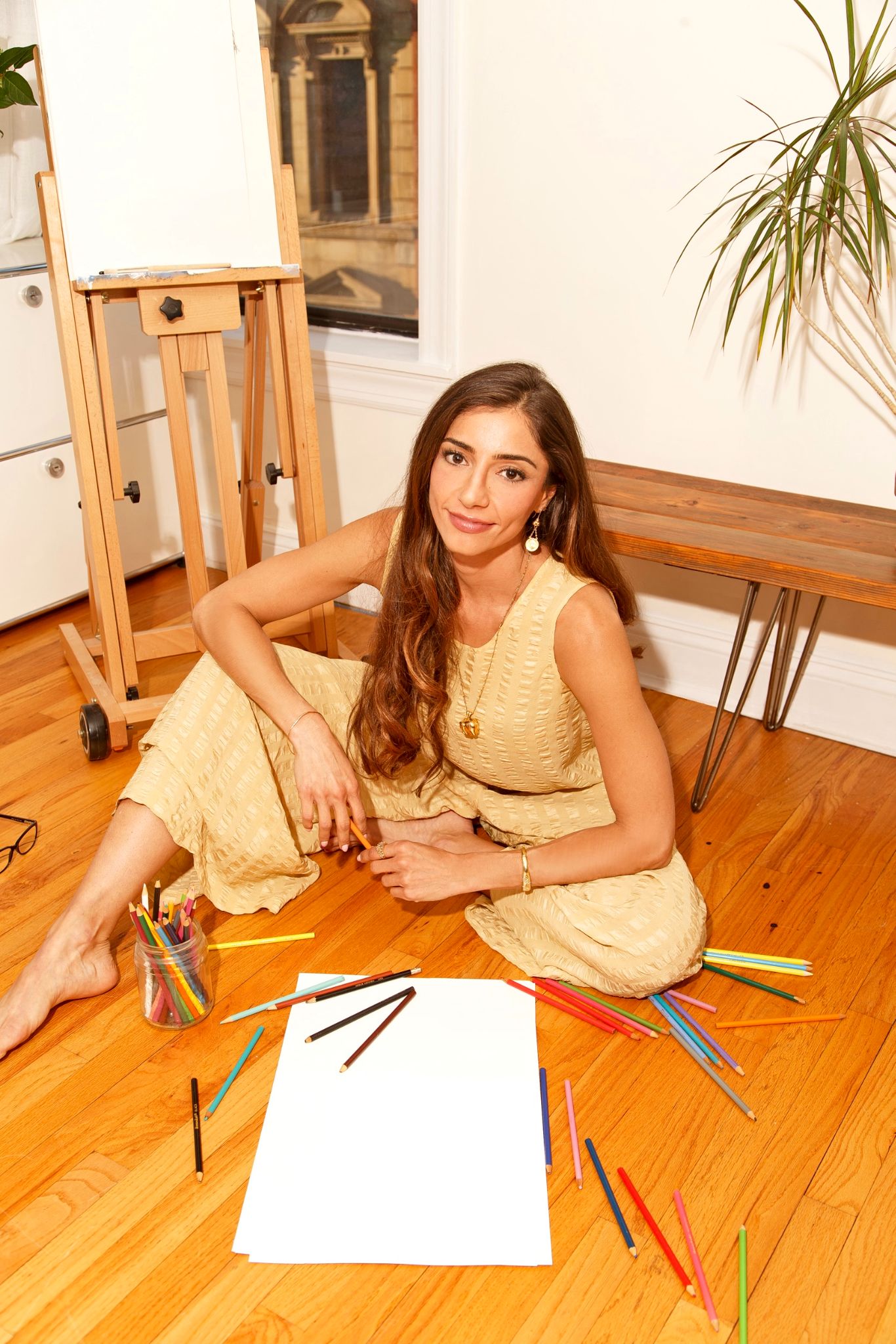
Lenna’s work as a Licensed Art Psychotherapist and Life Coach is dedicated to helping adults engage underutilized parts of their brain and body through the creative process. Her clients from all over the world enjoy the benefits of Expressive Arts Therapies for health empowerment through self expression, self exploration, and self mastery. Lenna’s art embodies her own journey to self-love amongst the chaos of being a first generation Armenian-American woman. Her art, like her therapeutic approach, serves as a catalyst for emotional resilience, identity acceptance, and spiritual transformation through creative connectivity. Currently, Lenna runs Creative Health Inc., a public benefit organization pioneering digital therapeutic experiences accessible on the #1 holistic creative therapy app, Createful. You can find her private practice at www.creativehealththerapy.com and the Createful iOS app at https://linktr.ee/createful.
https://linktr.ee/createful
https://www.psychologytoday.com/profile/474828
https://www.linkedin.com/mwlite/in/lennas
Photo by Chris Thompson on Unsplash
